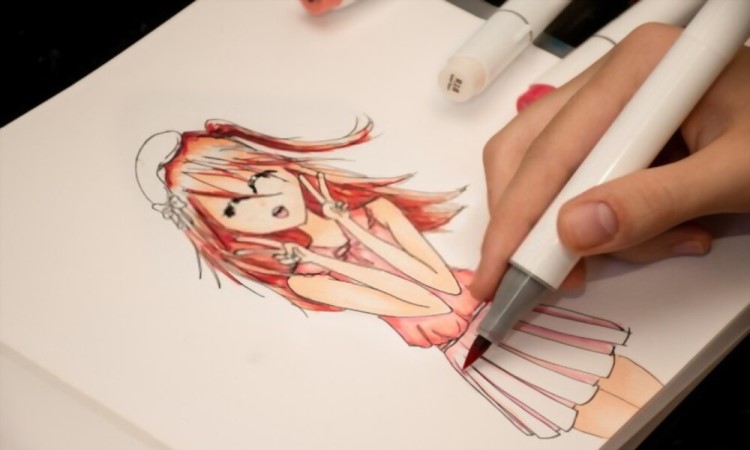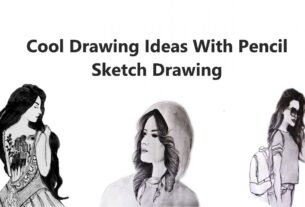THE BASICS OF REALISTIC DRAWING
Today we are going to talk about a subject that touches and interests many of you: realistic drawing ideas.
Seeing a one-line drawing tutorial by an artist you admire or work in a museum, you think you will never reach that level.
To twist some preconceived ideas, I’m going to show you in this video that there are different types of realism and different ways to work with them.
Most often, we get misconceptions about how to design realistic drawing ideas because we see the final version where the initial sketch and the various intermediate steps are no longer visible at all.
Having no idea how the artwork was created, we believe it is just talent and the cool drawing was done effortlessly, as if by magic.
In some cases, many hours of work are required, but not always, because there are different kinds of realism, as we will see.
Learn Realistic Drawing: How It Works
A practical exercise to work on the basics of realistic drawing ideas
First misconception to ban: realism is a matter of technique and detail.
No, it is above all a matter of printing.
Like the Impressionists, who were able to create the illusion by putting dabs next to each other, we have to put our details together like pieces of a puzzle.
Realism lies in the alliance of two skills to work together: the line (contours and structure) and the texture (shadow, light, and contrast).
Reads More: Anabolic Steroids vs Dietary Supplements
For an optimal rendering, these two points must follow each other as naturally as possible.
Above all, even if you have worked your line for a long time, do not neglect the texture, which is essential.
There are two types of realism: point-by-point realism, long and laborious, and study realism, based on fine observation and a great mastery of texture.
To illustrate my point, here are two portraits that I made two years apart.
The first (Walter White from the Breaking Bad series) corresponds to point-by-point realism, which I also call “photocopier”, and the second to study realism, more interesting because it appeals to the imagination and to ‘observation.
Here is a proposal to help you free yourself from your complexes and start laying the foundations of realistic drawing ideas: we get rid of the model.
Here’s a simple example: drawing a tree
A good exercise in learning to draw texture and path is to work on them at the same time, through observation.
First, we zoom in on the texture (the bark of the tree) which gives a living rendering and we determine a light source.
The tree is a rising structure: wider at the base, it becomes thinner as it gains in height.
After letting my pencil slide to give a dynamic to the trunk, then sketching a few roots, I insist on my drawing ideas to represent the shadow zone according to the light source, on the side of which my line will be finer.
The contrast is established gradually and especially not by intoxicating and blurring the pencil in a hurry.
To draw my tree without a model, I zoomed in on part of the bark to work and focus on the texture first.
This method offers more gestural and imaginative freedom and makes it possible not to dissociate the line from the texture.
Work on as many sketches as possible without being in a hurry to finalize things, then you will have plenty of time to add details.




